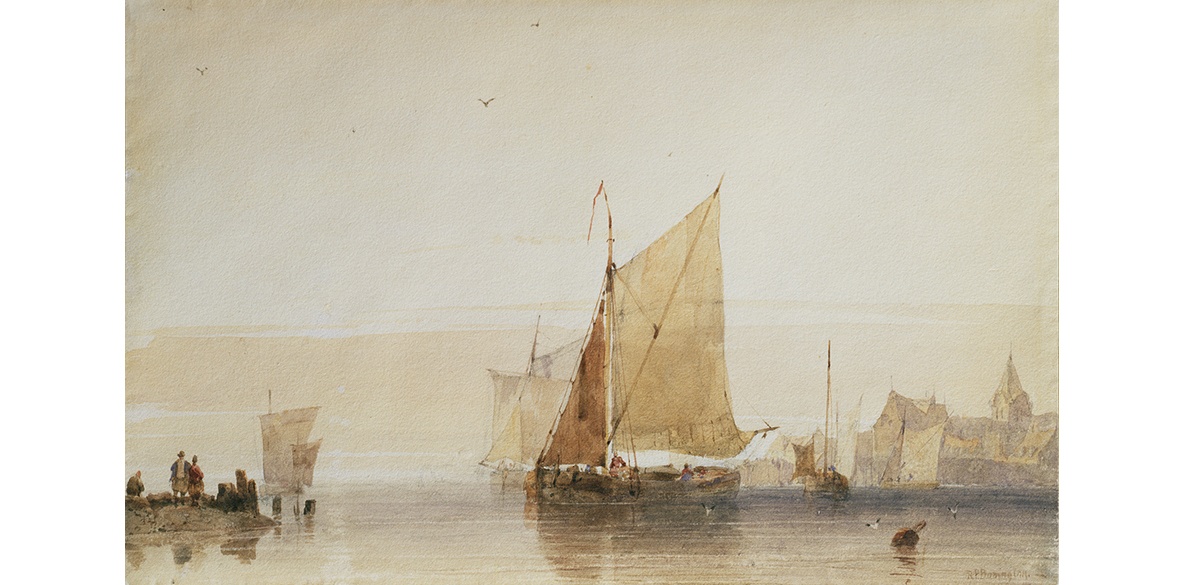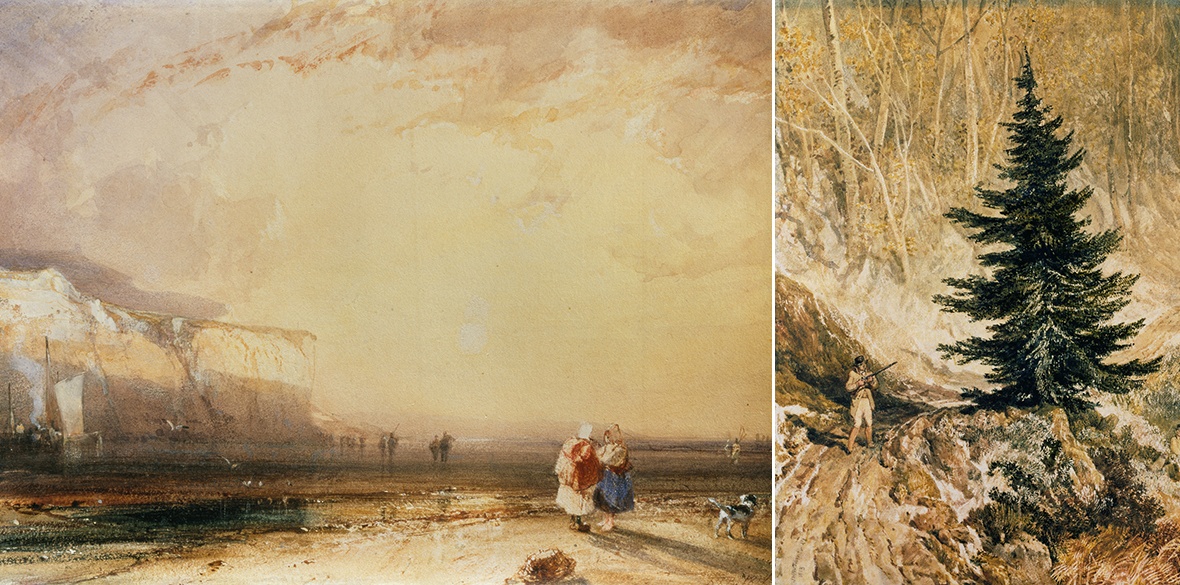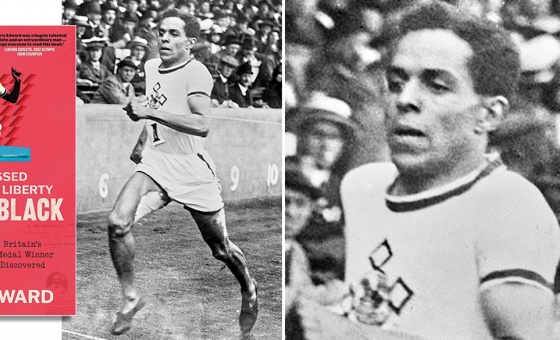This is the last article you can read this month
You can read more article this month
You can read more articles this month
Sorry your limit is up for this month
Reset on:
Please help support the Morning Star by subscribing here
Turner and Bonington: Watercolours from the Wallace Collection
The Wallace Collection, London
IN 1861 the influential critic Theophile Thore asked the famous painter Eugene Delacroix (1789-1863) for information about the English painter Richard Parkes Bonington (1802-1828).
Delacroix recalled that they had met as young men when making studies in the Louvre Museum (which was current practice )and that: “Despite his imperturbable British sang-froid, he lacked none of the qualities that make life enjoyable … silently painting studies in water-colour … He was already astonishingly skilful in this genre, which at the time was an English novelty … nobody in this modern school, or possibly even before him, has had that lightness of touch which, particularly in water-colour, makes his pictures as it were like diamonds that delight the eye.”
Born to a lacemaker and his wife in Arnold near Nottingham, when aged 15 Bonington moved to Calais with his family, and to Paris the following year where he studied at the prestigious Ecole des Beaux-Arts.
From 1821 he made regular sketching tours in Normandy, exhibiting at the Paris Salon the following year where he gained a gold medal in 1824. He showed his work in London too and his small-scale works attracted numerous buyers.
As a jobbing artist reliant on sales, his subjects ranged from historical genre to cityscapes but most of his works were landscapes.
Fishing Boats, painted circa 1822, justifies Delacroix’s positive evaluation.
Bonington had the courage to leave almost half of the primed surface barely touched, only enlivening the sky with three tiny seagulls.
Tall brown and cream sails soar above the central boat, their diagonal shapes and colours are echoed in the discreetly indicated coastal village on the right as the fishermen toil. The calm sea in the foreground is enlivened by delicate horizontal waves.
Sunset in the Pays Caux of 1828 shows a less hesitant, more varied brushwork and bolder use of colour.
The sky is enlivened with fast scumbled brushstrokes, suggesting the changing light as the pale sun sinks towards the horizon and the two peasant women in the foreground wear the primary colours of blue, red and gold.
The composition is diagonal rather than symmetrical so creating a more dramatic effect echoing that of the dying sun.
In his last year Bonington travelled to Venice where he tackled the complexities of its varied architecture and its busy, exotically dressed citizens.
An undated Sea Piece in the upstairs gallery shows his mastery of oil painting, the more robust medium allowing him greater freedom of handling than watercolour and there he let rip with visible brushwork dragged and swirled across the surface.
The painting Henry IV and the Spanish Ambassador, which depicts the French king crawling on all fours with a child riding on his back as the ambassador looks on, shows Bonington to be a jobbing 19th century artist able to turn mind, eye and hand to several subjects.
Yet this anecdotal, domestic and sentimental content would have been seen as lowly historical genre as opposed to the philosophically rigorous aims of history painting which sat at the top of the aesthetic hierarchy of the times.
But Bonington’s heart seemed to be in landscape painting. The inclusion of figures in landscapes was established practice as a means of giving a sense of scale.
Yet his choice of workers such as sailors, peasants and especially road workers, as in Road Workers near Lillebonne, places him as a precursor of the French mid-19th century Realists, Gustave Courbet and Jean-Francois Millet.
This may well have stemmed from a consciousness of his social class as an artisan’s son.
Sadly he died of consumption when only 26 years old. Whether his early success on the art market would have hampered or developed his future works is impossible to say but his commitment and flair suggests a promising future tragically cut short by his early death.
The exhibition which is drawn solely from the Wallace Collection also includes four watercolours by JMW Turner (1775-1851).
Painted during and shortly after the Napoleonic wars (1803-15), which prevented British travel to Europe, these were painted in Yorkshire for Sir William Pilkington.
Grouse Shooting on Beasley Beacon of 1816 shows a gloomy landscape in which men and dogs are dwarfed by an overcast sky threatening rain.
The figure of a man determinedly stepping through the boggy ground, rifle at the ready, is Turner himself, now decidedly far from his Cockney London childhood.
The more congenial Scarborough Castle: Boys Crab Fishing of 1809 has a similar lightness of colour and touch as Bonington’s, albeit a more dramatic mood.
Composed asymmetrically it nevertheless balances the darker landmass on the left with the sweeping curve of the sea’s bright ultramarine blue on the right, while the pale creams of the hill topped with the castle in the background echoes the bolder yellows of the sand in the foreground.
In his long life Turner painted almost 1,600 watercolours, having shown his first one at the Royal Academy in 1790.
When Bonington was alive landscape painting was accorded a critically humble status considered as a non-contentious subject suitable for middle-class women.
But as the impact of industrialisation grew, attitudes to the countryside changed and landscape painting was seen as a refreshing, pure antidote to the stresses and wickedness of city life — an outlook exemplified by Thore’s interest in Bonington in 1861.
Runs until April21 2024, admission free. For more information visit wallacecollection.org.












